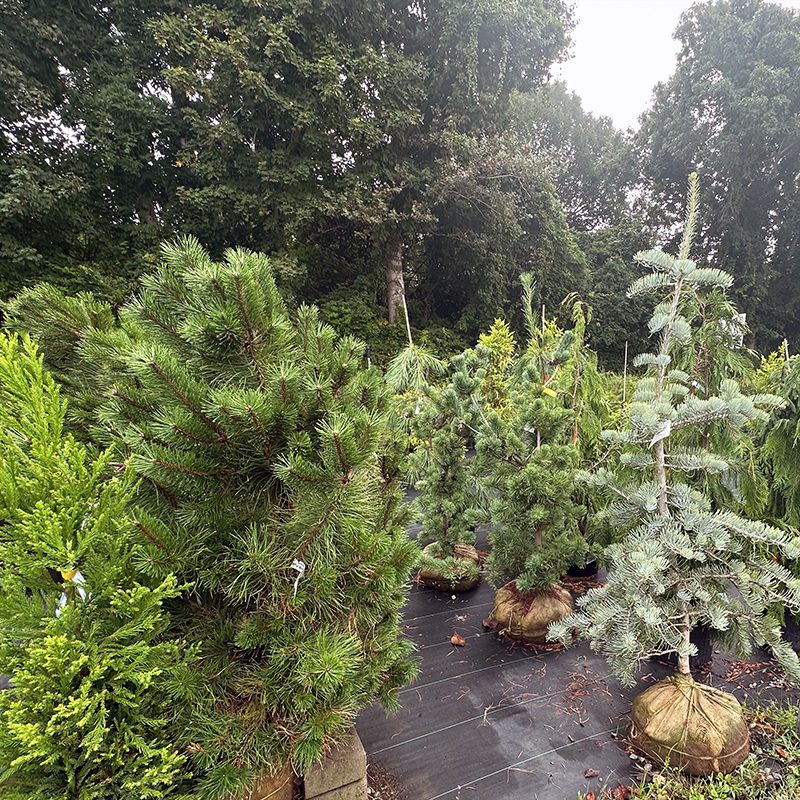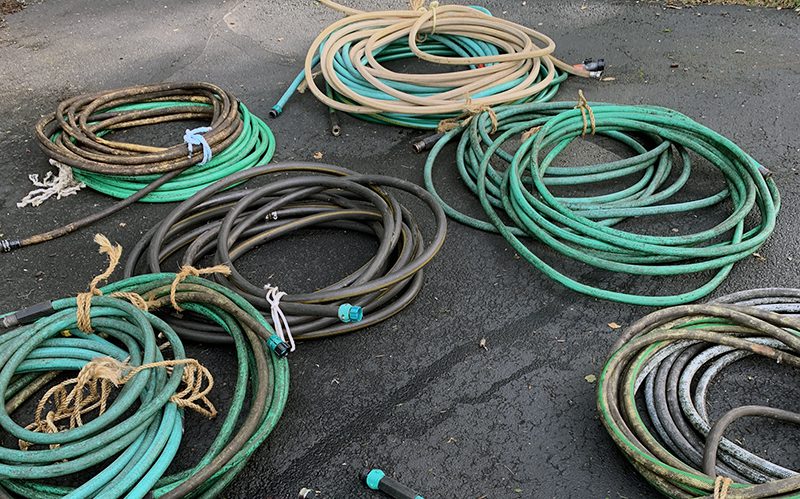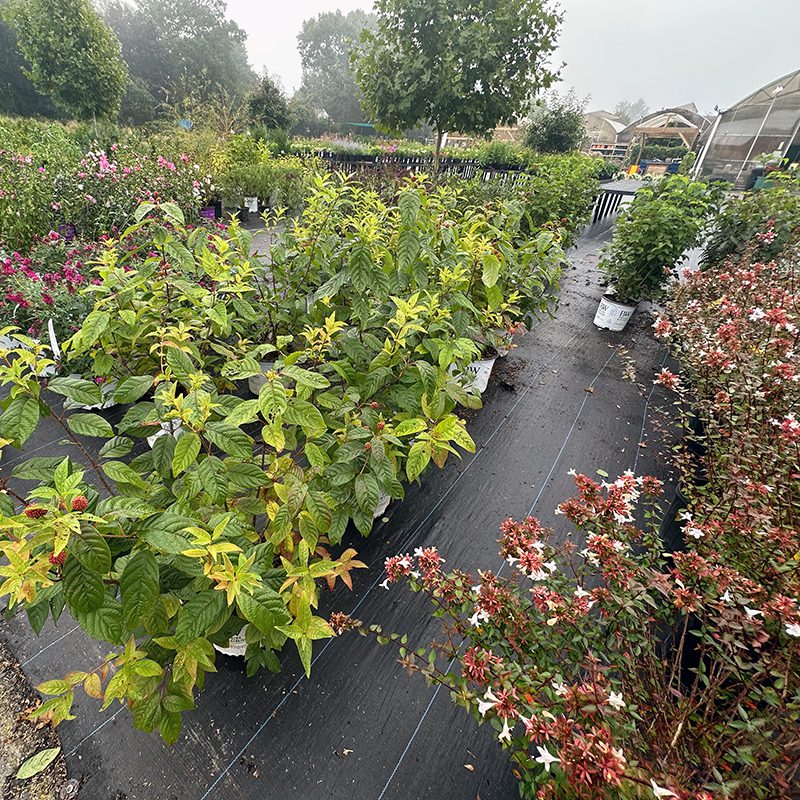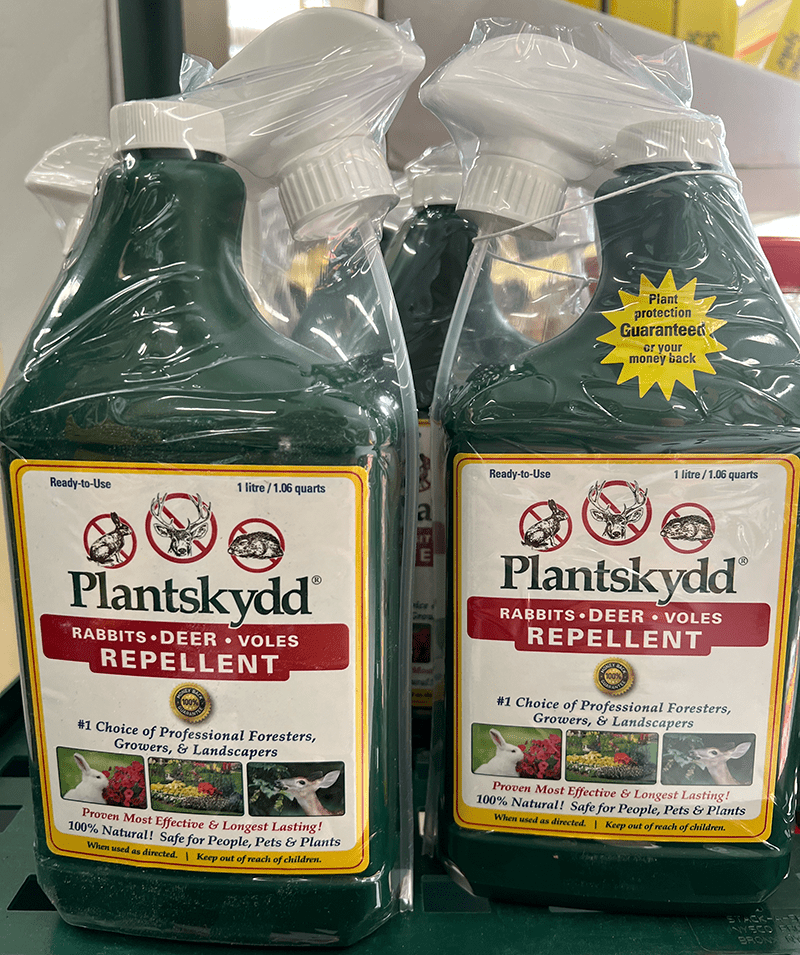Fall Planting Tips
Fall Planting Tips
Putting shrubs, trees, and perennials in the ground in autumn.
Your summer guests have gone, the kids are back to school and the weather is beginning to cool…it’s no wonder that so many get reinvigorated to get into their yards and gardens in September. It’s a great time to plant privacy borders, renew old foundation plantings, and add to perennial gardens. We have at least three months of growing time ahead on Cape Cod, so the plants you put in your yard this month have plenty of time to establish root systems before winter. Here are six tips for successful planting in the fall.
1. Planting instructions have changed!
Many of our customers remember the days when we were told to amend planting holes with peat moss and manure. But university research some years ago showed that this is the worst way to plant a shrub or tree. Instead of creating an organically rich hole, soil should be improved by layers of compost and mulch over the surface of the entire area. Read more about that here and see our handout for the best method for planting new shrubs and trees here.

2. Remove burlap and cords.
If you’re buying a balled and burlapped plant (commonly called “B and B”) be sure to take all the burlap and twine or wire off before you put the soil around the roots. If left on, the burlap and cords can constrict root growth and strangle the trunk.

3. Water your new plants regularly for at least two months.
In the fall we often have regular rain, and if Mother Nature has provided an inch of rain every week, that will keep your new plants well hydrated. (Every homeowner should have a rain gauge so that you’re in the know about how much water a storm has delivered.) But it’s also possible for us to have two or three weeks of dry, sunny weather, accompanied by our normal sea-breeze. In that situation, any new plant that has a root system the size of the ball or pot can dry out. The most common reason that people lose fall-planted shrubs or trees over the winter isn’t the cold, but the fact that root balls were allowed to dry up before January.
Typically, we turn off irrigation systems in the fall, and coil hoses for winter storage. If you’ve planted perennials, shrubs or trees in the fall, keep a couple of hoses available and water spigots turned on if possible. If that’s not an option, be prepared to haul several large buckets of water to newly placed plants once a week if there hasn’t been a significant, one-inch rainfall.

4. Plant for diversity.
Fall is a great time to add diversity to your landscape. Do you look at your yard and see mostly small, green leaves? Consider adding plants with blue, yellow, purple or variegated leaves for long-lasting color. Do you want to support pollinators and Cape wildlife? Add some native plants to shrub borders or flower beds. Or perhaps you long for more flowers…there are hundreds of perennials and shrubs that bloom at different times of year, so a Cape Cod garden can have something flowering twelve months a year.

5. Transplanting in the fall.
If you need to move perennials, shrubs or trees that are already in your yard or garden, September is a good time to do so, with one exception. If the plants keep their foliage all winter (commonly called “evergreen”) it might be best to wait and move them in the spring. Plants such as rhododendrons, holly, pines and other evergreen plants will continue to lose water through their leaves in the winter, and if they’ve been recently dug and had their roots disturbed it might be difficult for them to support their foliage. If you absolutely have to move an evergreen in the fall, so it as early as possible and water the plant deeply once a week with a sprinkler as long as possible.
Whether you’ve moved a perennial, shrub or small tree, water it in well in its new location, even if rain is expected. Make a note to water that plant weekly for two months…people often forget to do this once the temperatures drop, but a plant that’s had its roots cut will need regular watering while it gets reestablished.
6. The rabbits are still eating…
Yes, the bunnies are still in your yard, and they are fattening up for the winter. So it’s still a good idea to spray any newly placed plant with a liquid rabbit repellant such as Plantskydd. The liquids, spayed right on plants as soon as you place them in the ground, are the best protection. Let Thumper eat the weeds, but keep him away from your new perennials and shrubs!

Subscribe To Our Newsletter
Sign up for our weekly email about sales and events.
